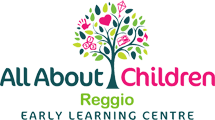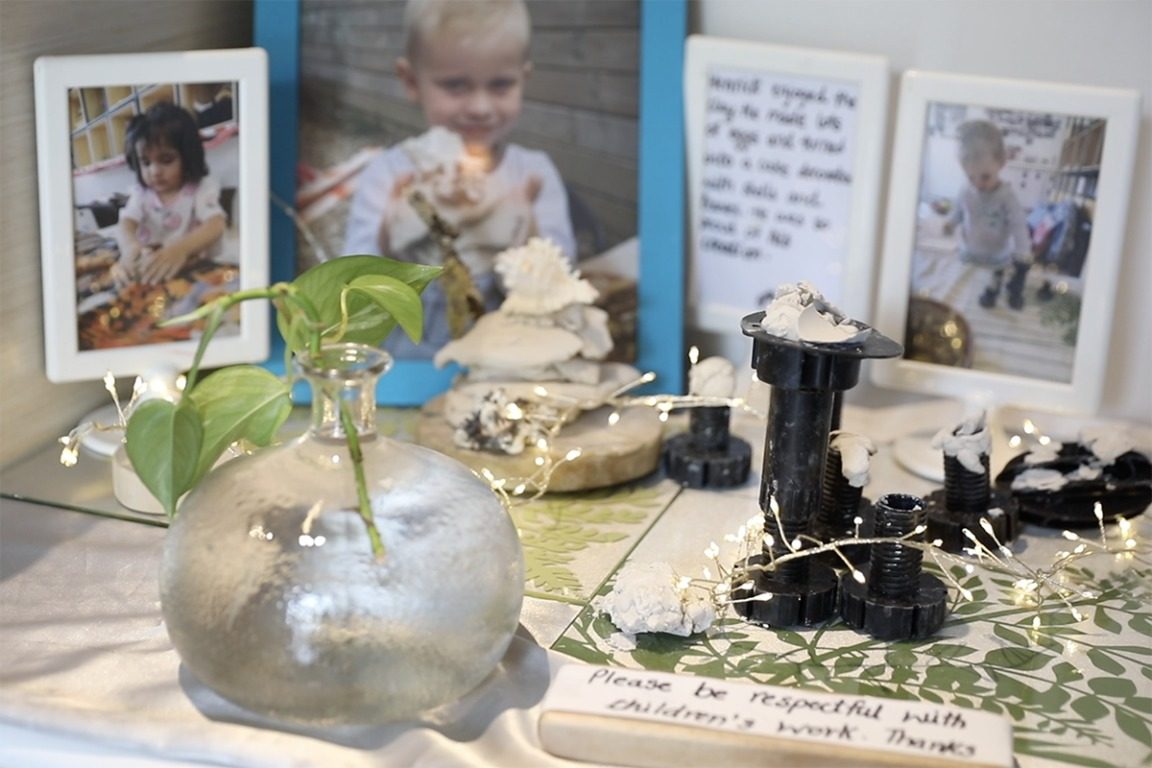With origins dating back to World War II, the Reggio Emilia approach to education has increased in popularity. Why? Because this is a philosophy that is rooted in the fact that children have rights when it comes to their learning.
Children are put at the centre of the practice by being treated as a ‘knowledge bearer’. By valuing children in this way educators must put more emphasis on really listening to the children and giving them the time and space needed to truly express themselves. Here are some ways how this unique philosophy is manifested in everyday learning at All About Children Opaheke.
Expressive arts
The Reggio Emilia approach states that children use many ways (“one hundred languages”) to express their thoughts and creativity. These different ways of thinking are expressed through drawing, sculpturing, music, dance and movement, painting, drama and pretend-play. Expressive arts is a critical element as to why Reggio Emilia education works, as children learn so much through this medium.
Long-term projects as vehicles of learning
In the Reggio Emilia approach, teachers and students come together to work on projects that include real-life problem-solving techniques amongst peers, as well as opportunities for creative thinking and exploration.Children are often involved in these projects in small groups, while the rest of the class get involved in self-chosen tasks. A project normally begins with the teachers observing and questioning kids about their topic of interest.
Documentation: tracking the children’s journeys
Educators document the experiences the children are involved in and the skills they are acquiring through these experiences. The learning record reflects interactions between teachers and children, amongst the children themselves, as well as children and their environment. It is a way to help teachers to assess the children’s learning and develop future curriculum. Learnings are displayed in the centre and in individual portfolios.
Raising them together
It takes a village to raise a child. This is clearly reflected in the Reggio Emilia way of learning. A strong network of relationships is established between the children, parents and teachers of Reggio settings to promote continuous communication between them. Everyone plays an active role in learning – including the child.
The environment is a third teacher
The organisation of the physical environment is crucial to Reggio Emilia’s early childhood programme and is often referred to as the child’s ‘third teacher’. It is believed that if children are given beautiful and stimulating materials to work with, and allowed to work in an environment that is well organised and maintained, then they will in turn maintain and respect their own (and the broader) environment.






